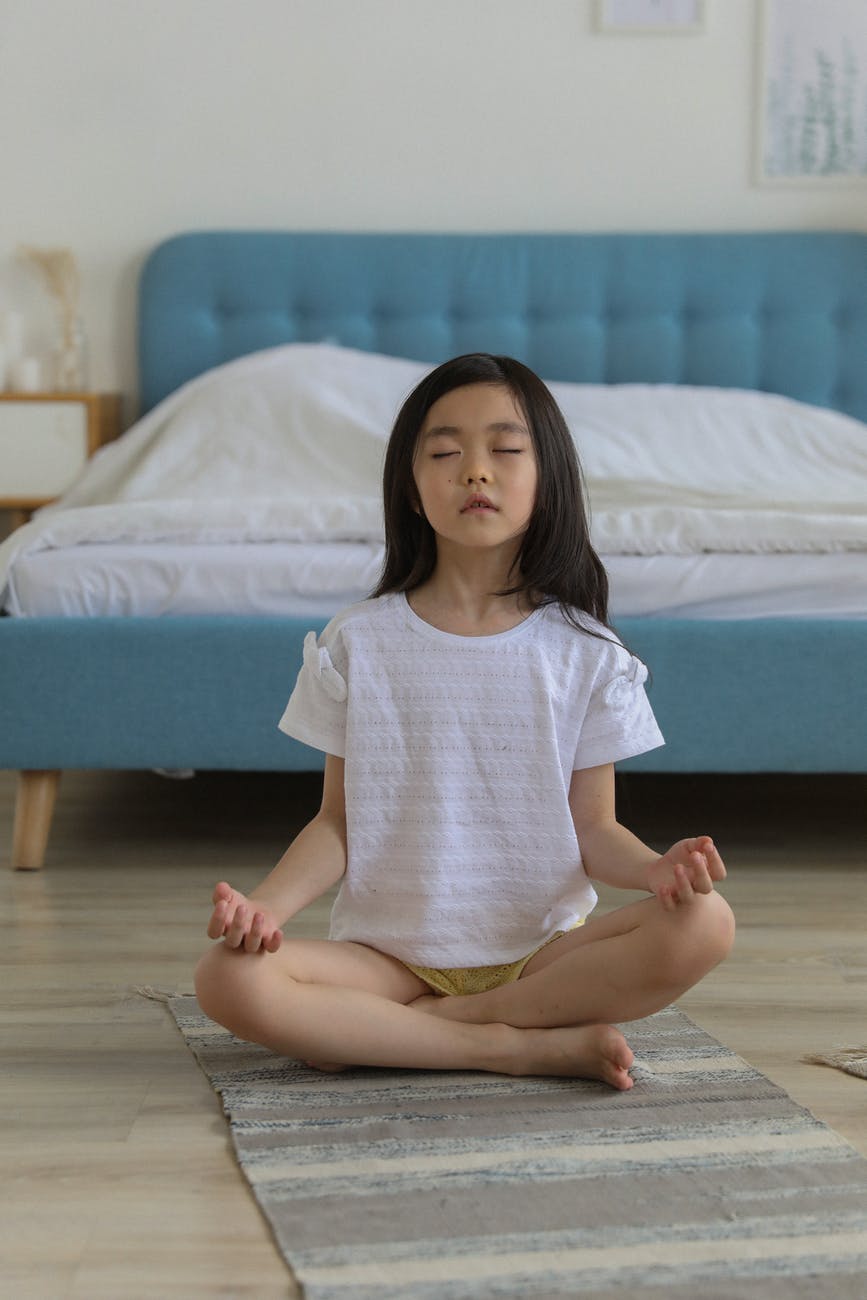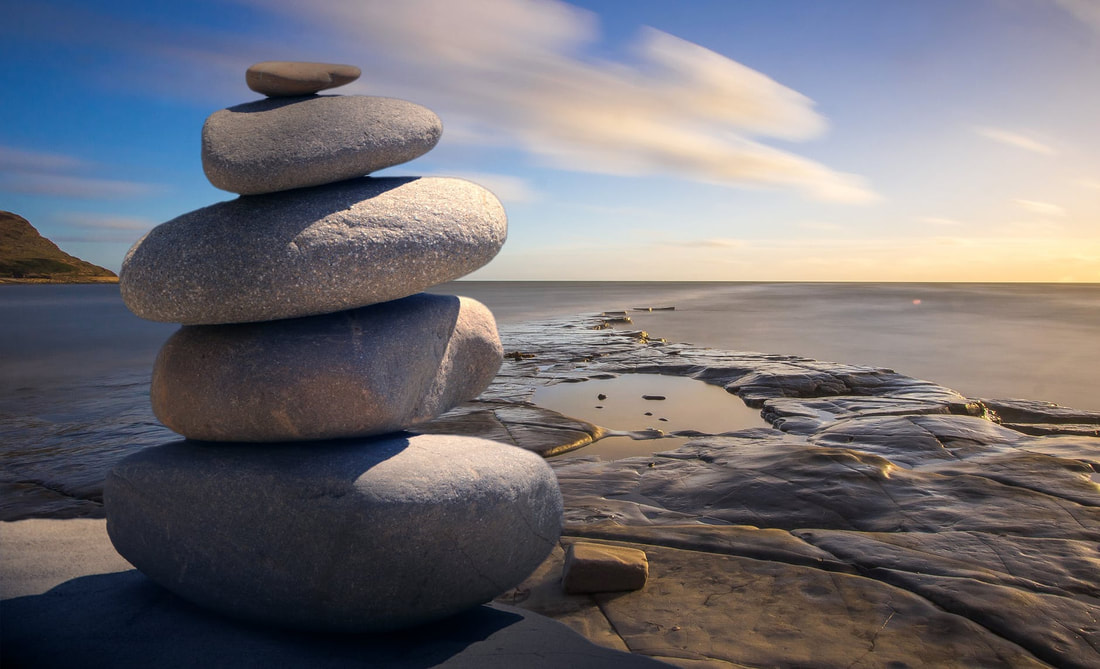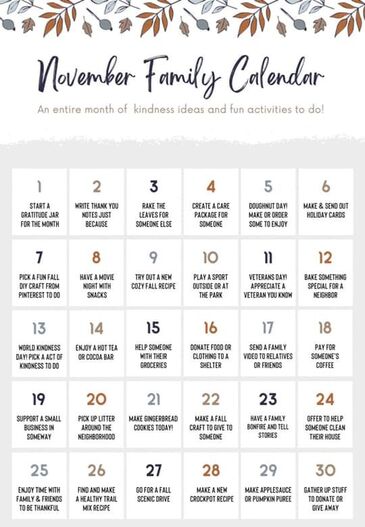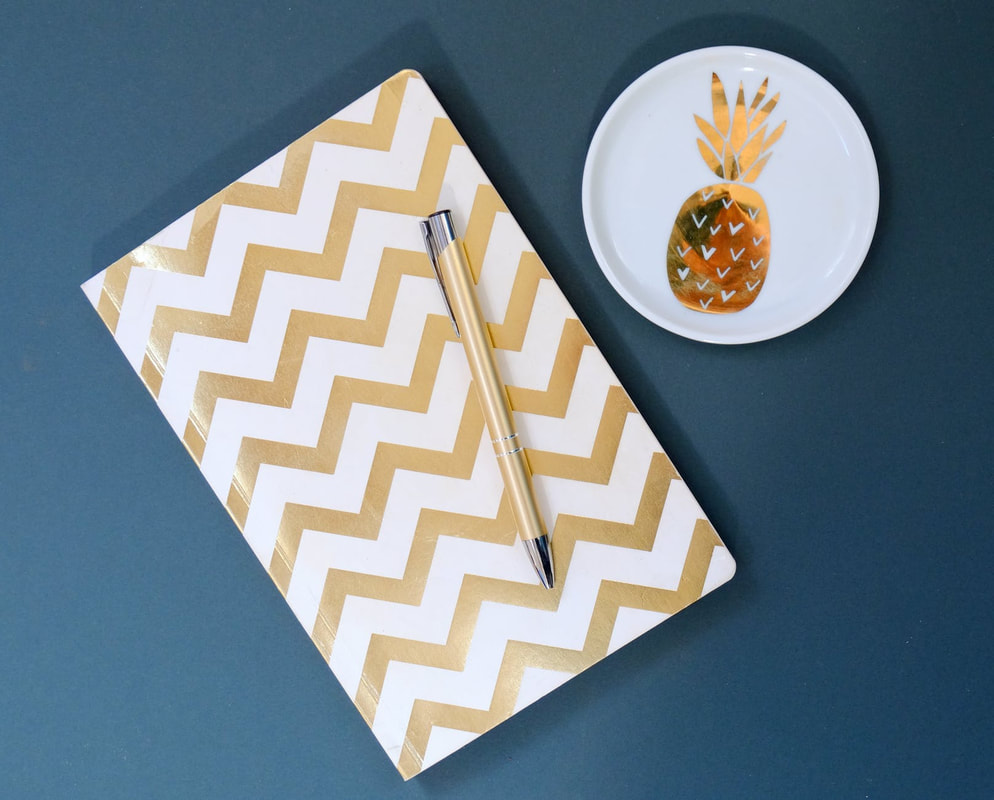
Ideas for Mindful Moments:
- Chopping vegetables
- Pausing on a stroll
- Noticing leaves and nature around you
- Making your favorite drink and really enjoying that first sip
- Eating one piece of chocolate very, very slowly
- Gardening for 5 or 10 minutes
- Cleaning out your car for 15 minutes
- Dancing to your favorite song
- Using a face or foot mask
- Journaling or doing some art
- Writing your friend a real letter, snail mail style
- Smile at yourself in the mirror when you are getting ready, with a positive affirmation about your day.
- Doing 1-3 yoga poses
- Noticing all of the details in one flower















